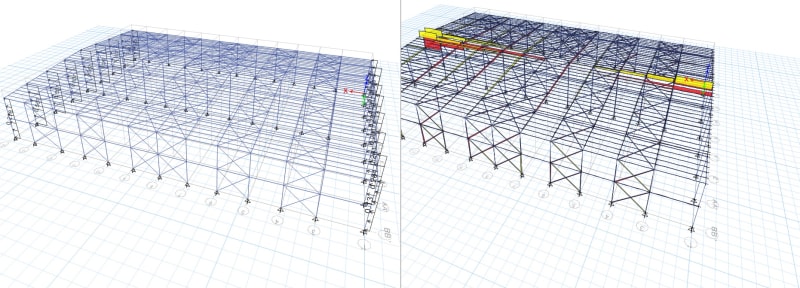wrxsti
Structural
- Sep 18, 2020
- 196
hi, im getting this high axial load at the center of propped portal
causing my rafters to fail in minor bending
see image
any ideas?

causing my rafters to fail in minor bending
see image
any ideas?






![[sad] [sad] [sad]](/data/assets/smilies/sad.gif)

